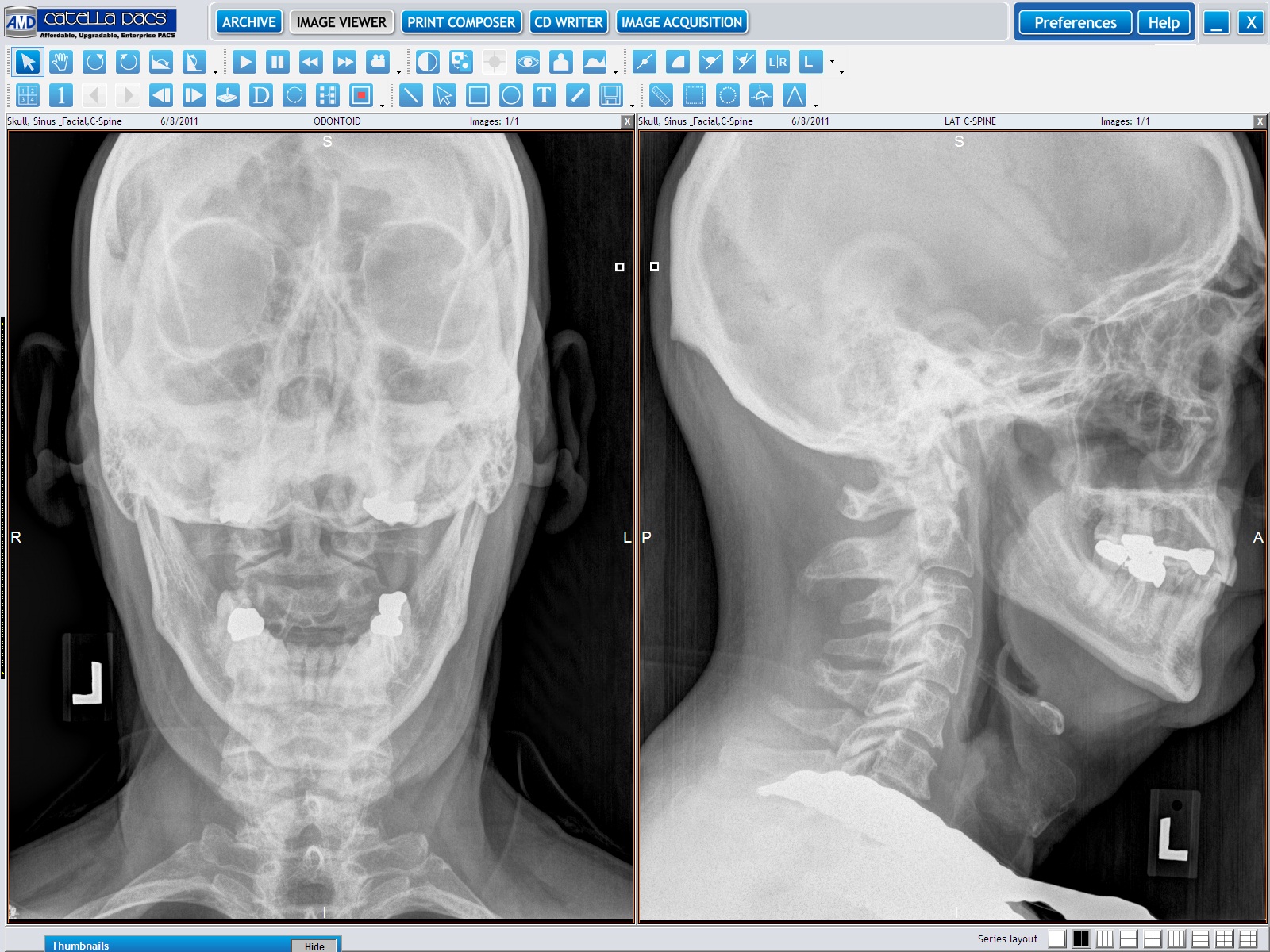

- PANOLAPSE XRAY HOW TO
- PANOLAPSE XRAY FULL
The famous rounded customer service booth is the point the camera is “fixed” on in this scene, so all of the motion literally revolves around it.īy comparison, a pan hyperlapse doesn’t necessarily have a fixed subject, and often involves a sweeping shot of a large scene. As an example, look at the shot starting at 0:47 in the hyperlapse example video above. Fixed point videos always involve some sort of fixed subject that never leaves the frame. These are fixed point and pan hyperlapes. Though hyperlapse photography can take on nearly unlimited forms, there are two primary “style” categories that most videos fall under. Once you have all of the above, you’re ready to go! Next up, let’s define the two main types of hyperlapse techniques in use today, and how and when you should use them. Go into it ready to make mistakes and learn from them.
 An Open Mind: This is as much an art form as it is a technical application of skills. Your Arms and Legs: You’ll need these to hold the camera steady and move around! We’d call that essential.
An Open Mind: This is as much an art form as it is a technical application of skills. Your Arms and Legs: You’ll need these to hold the camera steady and move around! We’d call that essential. PANOLAPSE XRAY FULL
Lens: If using an interchangeable lens system, you’ll need something that is ideally no wider than 24mm on a full frame camera, but also not so zoomed that you can’t see the full scene you have in your mind. Camera: This can be a DSLR, mirrorless, point and shoot, or even a cell phone. Let’s briefly review what you need to get started. The rest of this guide will be devoted to making that happen. To take your haperlapse videos to the next level and unlock all of the benefits that come with controlling the whole process, you may want to create your own videos using a standard camera. Once rendered, your footage will be turned into glorious hyperlapse video! All the hard work will be done automatically by the app itself. Simply open the app, select ‘Hyperlapse’ mode and begin shooting. So, what exactly do you need to make a hyperlapse video? Well, now it’s easier than ever thanks to the ‘Hyperlapse’ mode built into the camera app on the latest versions of Android. If you have a few basic pieces of photography gear, an open mind, and a dash of patience, then don’t worry you’ve got this. Like regular time-lapse photography, all you are really doing is capturing a sequence of images and editing them together in rapid succession to create the visual effect. Making hyperlapse videos is actually quite a bit easier than it may at first appear. Now that you understand the basic differences between the two, it’s time to get down to business. Notice how in the second video, the camera seems to be in motion for many of the shots, and the action appears to be sped up considerably? This creates the feeling that you are almost “warping” through a scene in hyperspeed, giving the effect its name. 
To illustrate this point, let’s take a quick look at a regular time-lapse video like this one here: By contrast, however, a hyperlapse video tends to make heavy use of motion, with the camera physically being moved from point to point. Now, this isn’t completely accurate, as many “traditional” time-lapse videos still involve some sort of movement, often in the form of a subtle tilt or pan. So, what exactly is the difference between a time-lapse and a hyperlapse? Put as simply as possible, time-lapse videos usually involve a static shot, or one in which the camera body itself does not move. Hyperlapse vs Time-lapse: What’s The Difference?
PANOLAPSE XRAY HOW TO
This type of time-lapse technique is commonly referred to as a hyperlapse photography, and today, we’re going to learn how to make them. What is Hyperlapse Photography? Well, if you spend much time watching timelapse videos online, you may have noticed certain videos that seem to incorporate a substantial amount of motion shots, giving the final product a very surreal feeling.
7 Next Up: Editing Your Footage Together. 1 Hyperlapse vs Time-lapse: What’s The Difference?.







 0 kommentar(er)
0 kommentar(er)
